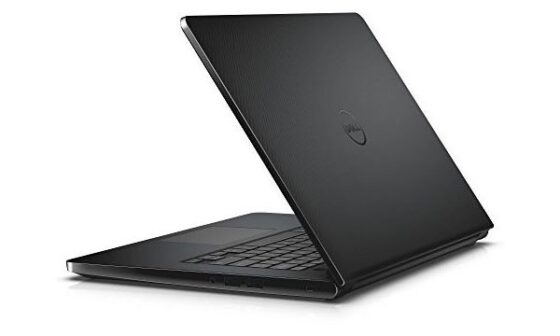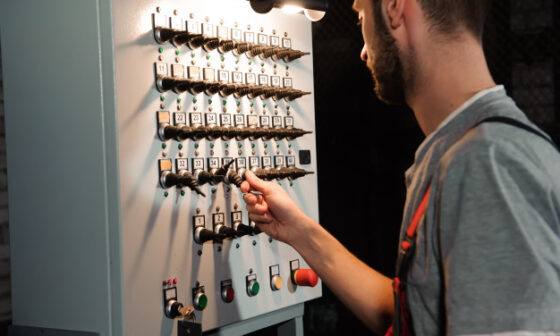Try to imagine a business without power. It’s like a rechargeable battery without a battery charger – pretty useless, right?
Across the world, the global rechargeable battery market is now nudging the $130 billion mark, powered in large part by industries across the spectrum who have bought into the benefits wholesale. Rechargeable batteries aren’t just more efficient, less wasteful and more convenient, they are behind an exciting global trend in the material sciences that are pushing innovation to unforeseen new levels. The next steps are expected to double power output and half charging speeds (or better) within the next five years – and push on similarly exciting advances in one particular range of parallel products; battery chargers.
So if businesses across Australia and the world are investing big in the rechargeable industry, the onus is on those managers to begin to get their heads around the impressive and vast range of next-generation battery charger tech.
The definition of a battery charger is broad. Essentially, it’s any device used to transfer energy into a rechargeable battery with the help of electric current. From humble AA batteries through to the meteoric progress being made by electrical vehicle battery development and beyond, chargers are getting smaller, faster, safer, more powerful and multi-faceted, including smart, wireless chargers that can withstand extreme temperatures and environments.
As a general ‘how to’ guide, the following tips should suffice for businesses needing to get rapidly up to speed with battery charger tech:
1. Don’t overcharge
Although modern devices tend to have protective mechanisms in place, overcharging remains a key risk. While battery damage may have been the outcome in the past, though, shortened battery life is the most likely risk today.
2. Monitor
Again, while new safeguards now protect your batteries, charger and everything else around them, charging batteries should be monitored for potential overheating and fire.
3. Avoid flames
For your charging, choose a clear, non-flammable surface that is clear of debris including paper and fabric. Also avoid direct sunlight and ensure adequate air circulation.
4. Choose your conditions
While the latest generation of rechargeable tech is vastly improved in terms of safe operating conditions, a good general rule is to avoid extreme temperatures – especially heat. Then, chargers should be stored somewhere cool.
5. Follow the method
With each charger comes a slightly modified charging method, so make sure you follow manufacturer guidance. Don’t forget, with so much battery tech out there, there is no such thing as a universal battery charger, so mixing and matching batteries and chargers is a very bad idea. To be extra safe, multiple rechargeable battery brands should also not be used in the same charger at the same time.
6. Prioritise safety
When it comes to electronics, even the most qualified and experienced among us are still extremely humble in the face of the potential dangers. Safety is at the heart of proper technological evolution, but that doesn’t mean each device can be automatically trusted for the particular risk you’re exposing it to. So if you’ve spotted a shortcut for storage or charging, consider the worryingly long list of charging-related incidents that are officially reported to jurisdictions and oversight bodies each and every year.
But with just a little knowledge, common sense and a safety-first attitude, using a modern battery charger – no matter what it’s for – for efficient and risk-free rechargeable battery use is generally a matter of plug, play, and smile. To browse the best battery chargers and other components, make sure you do your research first. Best of luck!







